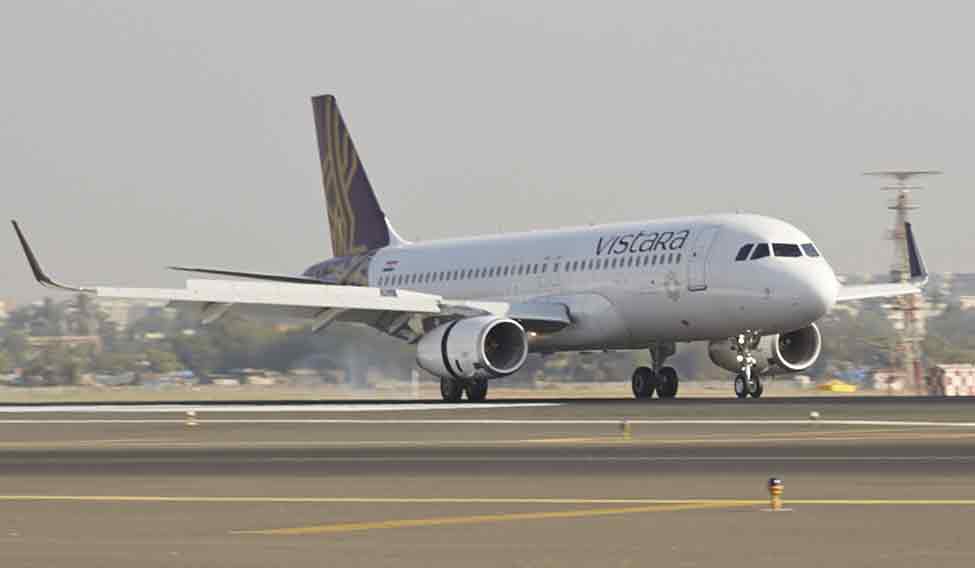At the annual general meeting of the airlines’ association IATA, held in Cancun this year, India’s airline industry was in focus. Traffic was seen to grow at a robust 22 per cent, but ticket prices were seen to have a 35 per cent price fluctuation, one of the highest, compared with a 12 per cent global average.
This does not tally with Prime Minister Narendra Modi’s dream of making India a low cost civil aviation centre. It is with this vision that he approved the National Civil Aviation Policy. And the cornerstone of cheap flying is the regional air connectivity scheme that envisages fares as low as Rs 2,500 for a one-hour flight to remote airports. The deadline for the scheme is mid-2017.
“We knew we had hit a gold mine when we came up with a list of 350 unused airstrips and colonial era airports,” said Civil Aviation Minister Ashok Gajapathy Raju, while unveiling the policy. For the scheme to take wing, these airports need initial support for building infrastructure and restoring airstrips. A budgetary support of Rs 50 crore for each airport has already been announced by Finance Minister Arun Jaitley in this year’s budget.
States have to pitch in by slashing excise duties levied on sale of aviation turbine fuel. In fact, the scheme will be available to only those states that agree to reduce VAT on aviation fuel to 1 per cent or less, from the current 4 to 29 per cent.
The states are also required to fund the scheme. “Operational costs may not be entirely met from the ticket charges of Rs 2,500,” said U.N. Choubey, civil aviation secretary. “So a viability gap fund [VGF] has to be created and states are to bear 20 per cent of the funding. Northeast states will have to bear 10 per cent of VGF.”
To support VGF, there is likely to be a levy on tickets for major trunk routes like Delhi and Mumbai. “The concept of VGF is a novel one, but the issue of calculating it could be difficult, as there are many parameters that can escalate cost of operation,” said Jayant Nadkarni, president of Business Air Operators of India. “A good starting point would be cutting excise duties on smaller aircraft and their parts. Because of huge import duty, people are deferring purchases. The import duty for private category is 20 per cent. For commercial category, the tax is 2.5 per cent. We want rationalisation.”
Airline stock prices improved when news came out that the prohibitive and anti-competition 5-years-and-20-planes stipulation laid on Indian airlines for flying abroad has been relaxed. Now, any airline with 20 aircraft can start international operations, provided that 80 per cent of the fleet is in domestic sector.
Newcomers Vistara and Air Asia are keen to start international operations. “We wish to see the draconian 5/20 rule relaxed in totality. We will rework our business plans and look to start international destinations as soon as possible,” Phee Teik Yeoh, CEO of Air Vistara, told THE WEEK. Amar Abrol, the new CEO of Air Asia, said he would focus on aggressively investing in India and increasing the fleet size.
Meanwhile, for the common flyer, any hopes of cheaper flying would still depend on government committees mandated to check surge in ticket price.







